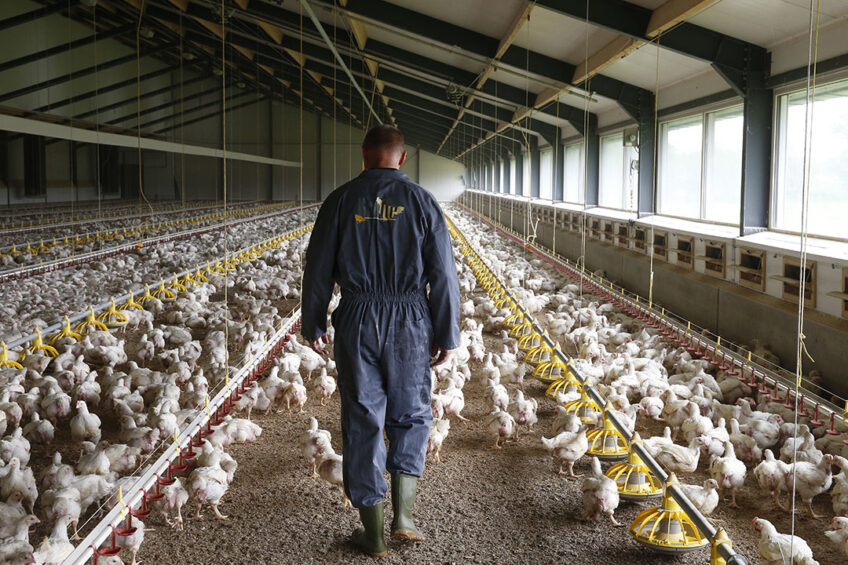EU poultry production set to fall amid high input costs and bird flu

EU poultry production fell by nearly 1% in 2022 and is anticipated to continue to decline by 0.4% this year, according to the European Commission’s recently published short-term Outlook report.
This is despite poultry being supported by its relative affordability compared to other meats, especially in times of high inflation and the relaxation of Covid-19-related measures, unleashing demand from food service.
This helped major poultry-producing countries, such as Poland, Spain and Germany, in the first half of 2022. Still, high input costs and the devastating impact of high pathogenic avian influenza have caused real problems in many European countries, particularly Italy, France and Hungary, which has seen an 11% reduction in production.
Domestic use, however, is expected to remain stable in 2023, averaging around 23.3 kg per capita.
A dependence on maize
The report says the sector heavily depends on maize as a source of feed, and a poor 2022 harvest and questionable availability from Ukraine have led to a rise in costs. The combination of strong demand, tight supply, high input costs and overall inflation has resulted in strikingly high poultry prices, well above the 2017-2021 average (+38% in mid-July to mid-September, year-on-year).
Poultry trade
EU poultry exports to the UK are likely to be up 20% in 2022, but the higher EU prices have been helping competitors, such as Brazil, gain some EU market share elsewhere, notably in Africa and Asia.
Highly competitive Brazil is also expected to export around 35% more poultry to the EU in 2022, while Ukraine, benefitting from a suspension of duties due to the ongoing war with Russia, has also been exporting to the EU at higher volumes than in 2021. The trend is set to continue in the first half of 2023.
Overall, EU poultry exports are expected to decrease by 2.2% in 2022 and remain stable in 2023, while imports are expected to rise by 29% in 2022 and 7.7% in 2023.
 Beheer
Beheer







 WP Admin
WP Admin  Bewerk bericht
Bewerk bericht